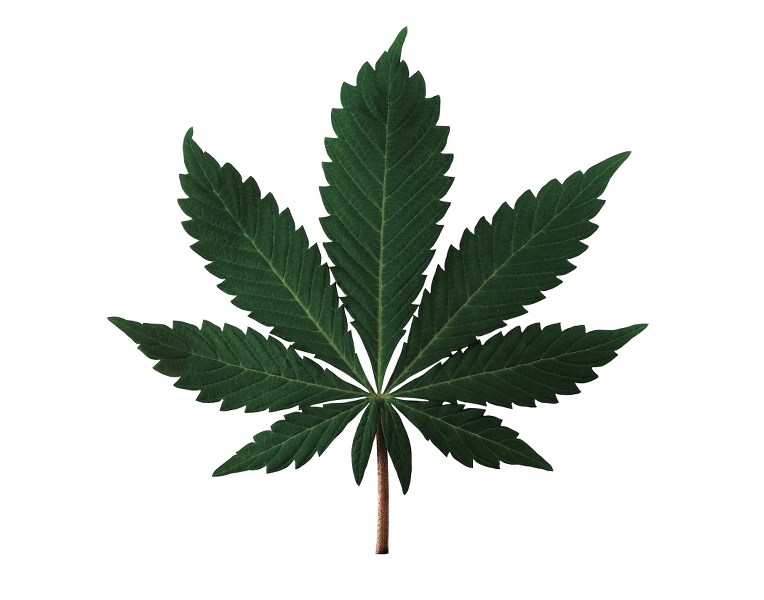As the Canadian government pushes for the legalization and regulation of cannabis by July 2018, those wishing to use it are rejoicing while local officials are focusing on the unknowns.
The Cannabis Act, which was proposed on April 13, seeks to restrict youths' access to the substance and allow for adults to possess and access regulated and quality-controlled marijuana.
It also aims to inform the public on the possible health implications the drug can have, allow for the legal production of marijuana to reduce illegal activities, and reduce the burden on the criminal justice system, among other goals.
Lakeland MP Shannon Stubbs said since the release of the act, the primary concern she has heard from constituents isn't so much to do with the act itself. Instead, the majority have stated the government should be focusing on the bigger issues at hand.
“Anything from massive job losses, competitiveness in energy, forestry and agriculture, to terrorism and issues around trade; people have been telling me very clearly that these issues are a lot more serious,” Stubbs said.
Until the act is imposed, marijuana use, possession, and distribution remain illegal, excepted for approved medical purposes. The RCMP has stated that they will play an enforcement role moving forward, and will apply the regulations passed by parliament on the use of marijuana.
Should the act be implemented, anyone over the age of 18 would be legally able to access, carry, and use up to 30 grams of legal cannabis, grow up to four plants in their residence for personal use, and share up to 30 grams of the substance.
One of the biggest barriers Bonnyville-Cold Lake MLA Scott Cyr believes the federal government is facing is traffic and road enforcement safety.
“We don't want people going out being impaired and putting people's lives at risk,” he said, adding once they have a better understanding of what the act is going to look like, the more they will know in terms of enforcement.
Provinces and territories would license and oversee the distribution and sale of cannabis, subject to the minimum federal guidelines.
For example, Alberta would have the ability to increase the minimum age, but not lower it. The province could also lower the possession limit in their jurisdiction, create additional rules for growing cannabis at home, and restrict where adults could consume it.
“Every province has its own unique challenges,” Cyr said. “If this is something that is being moved forward across Canada, then we need to accept that this is the direction of our federal government.”
“Now it's just a matter of making sure that everyone has access accordingly and that they have trust and faith in what they are consuming.”
Stubbs added she has heard members of the Alberta Urban Municipalities Association (AUMA) express their concerns over municipal responsibilities with regulating cannabis.
“Municipal governments are going to be responsible for the land use, licensing, and bylaw enforcement around grow-ops and dispensaries. Municipalities are saying very clearly that they don't feel equipped yet to be dealing with this issue.”
In order to prevent the substance from getting into the hands of youth, the act includes a federal law imposing anyone under the age of 18 from purchasing cannabis. Anyone caught selling to a youth could face up to 14 years in jail.
Cyr said it's still unclear the impacts marijuana has on a developing brain. Before adults start using it, should the act pass, it's important for them to understand the possible consequences of cannabis.
The College of Family Physicians of Canada states in their preliminary guidance that prescribing medical marijuana to those under the age of 25 is not recommended.
“We do know that the adolescent brain still keeps developing until the age of 25,” explained Dr. Irma Kritzinger. “The frontal lobes of your brain that you need for executive functioning is not fully developed until you are 25.”
Medical marijuana has been prescribed to treat chronic pain, nausea brought on by chemotherapy, and used in palliative care for appetite stimulation. It also has proved to help treat epilepsy, relief of multiple sclerosis, and spinal-cord injuries.
Kritzinger has been a doctor for over two decades, with 17 years spent specializing in palliative care, where she has prescribed medical marijuana to patients for symptoms such as nausea and pain who are in a palliative or end of life condition.
In these cases, Kritzinger said, that the benefits outweigh the side effects for patients, which can include dysphoria, anxiety, possible psychosis, nausea, heightened sensory perceptions, hallucinations, sedative effects on your central nervous system, drop in blood pressure, and dependency.
“Ten per cent of all people who start smoking marijuana will actually develop cannabis abuse disorder,” Kritzinger said.
Marijuana, when smoked, has proven to lead to cancer in the mouth, throat, esophagus, and lungs, and has caused symptoms similar to asthma. Chronic use has led to reproductive complications such as decreased sperm count in men.
Kritzinger added there has to be balance and people have to know and understand that marijuana is not completely “innocent.”
MPs will debate the act in the upcoming months as the federal government gears up for their July 2018 objective.



